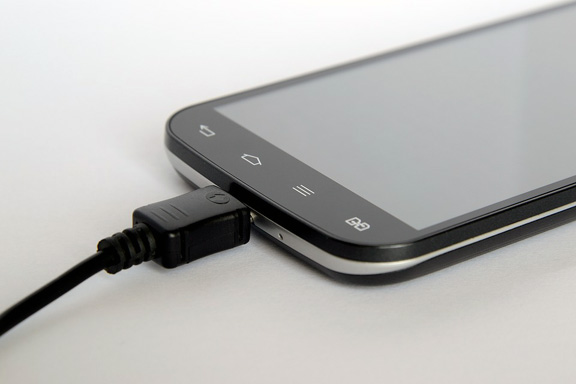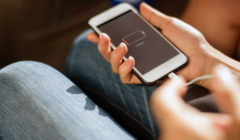A Blonde and Her Phone Charger
I kind of enjoy admitting when I’ve been dumb about technology, because it also says “hey, I learned something, even if it took me a long time!”
My first frustration with phone chargers came with Apple deciding to change its charger port format. You remember that wide charging port from long ago, unique to Apple, and you probably remember when they changed to the Lightning charger and every single cord you owned had to be replaced – and they weren’t cheap. So, upstairs, downstairs, travel and/or office, car charger – all useless.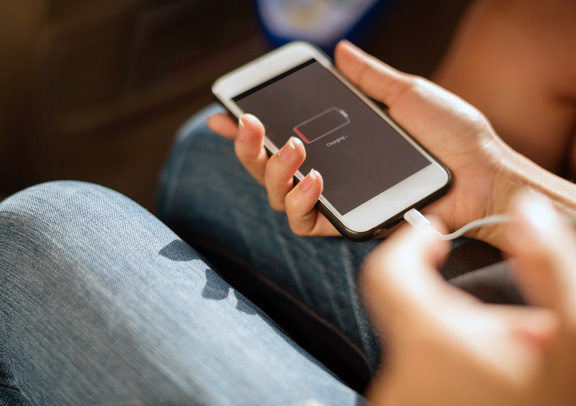
I lived through that, unhappily. But then I discovered that the after market versions of the Apple charger simply weren’t adequate, whether it was the wall adapter plug or the cord itself. Often within a short time it was failing to work. And I did try every combination of cord, in particular – woven, long, short, heavy duty, cheap, expensive. If it wasn’t Apple (at twice the price) it didn’t work for long, and even the Apple-supplied version wasn’t a forever purchase. That’s not surprising, of course, because you have a port with metal in the connection, and this will heat and cool and conduct a charge and eventually you have to get a new one. I learned about cleaning the port on the phone (it can get filled with debris) and the end of the charging cord.
Then there was the problem of, particularly when traveling, wanting an adapter that would handle the phone and other devices that used a charger, whether a mini-USB, or a C-Type, or any other typical device charger. I also learned that you have to be sure the voltage and wattage are correct. Apple and other devices don’t necessarily require the same combination, and too much (or too little) can create problems. Even the “smart” adapters, which claim to recognize the requirements of the device plugged into its 2 to 6 ports doesn’t necessarily do a good job.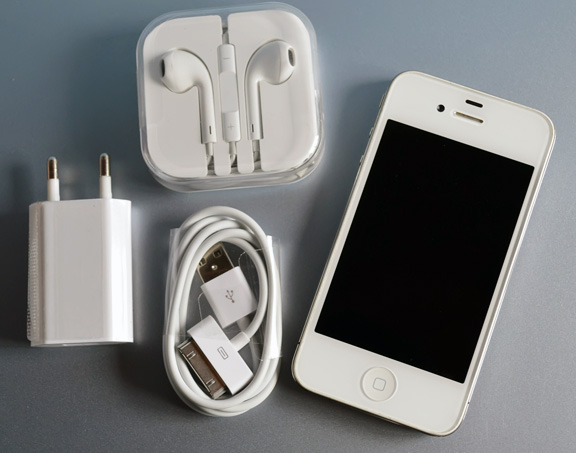
When the time came to upgrade to my latest phone, I also wanted to solve this problem, but while I managed to weed out adapters and cords that weren’t working of the dozens (literally) that I had lying around, I was certain it was a matter of time before I was frustrated with a phone not charging properly – again.
Enter the wireless charger. That’s actually not an absolutely correct name for the device. Wireless charging isn’t new. Genius pioneer Nikola Tesla demonstrated magnetic resonant coupling in the late 19th century —the ability to transmit electricity through the “air” by creating a magnetic field between two circuits— a transmitter, and a receiver. For this to work with your device, from phone to tablet to laptop, the device has to be equipped with a receiver. Then, you need an appropriate transmitter – the wireless charger.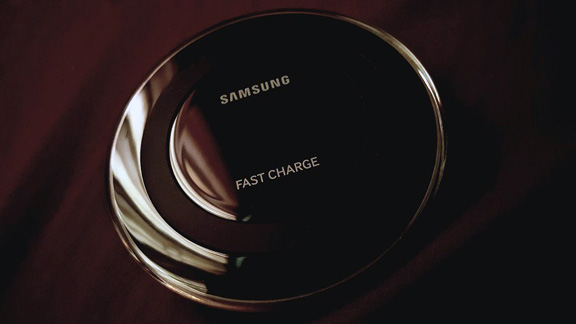
Most newer phones will be equipped with the receiver, and the transmitter is typically a small flattish disk or perhaps a pad that can easily sit on your desktop or bedside table and begin charging your phone when you place the phone flat on its surface. Because the charger isn’t transmitting a huge charge, the device needs to be in close proximity, i.e., surface to surface. For larger devices, larger chargers will be required, but for now, we’ll just contemplate the phone issue. (I have never had as much trouble with my tablet or laptop, though for people who travel a lot and work un-plugged, this is worth a look. I do have a solar enhanced power cell that I plan to use when I’m “off the grid” for more than a few hours. Fully charged, you can run your laptop off it, charge your phone, and by placing it so that light falls on the solar collectors, you can trickle charge it whenever its exposed to sunlight. It’s a phone-sized companion for hiking or traveling when other options aren’t handy.)
My wireless charger worked beautifully, and I was delighted not to be tugging cords every time I picked up my phone, yet at the same time knowing it would have been charging as it lay idle.
And then – I got a new pop socket for my new phone since the old case and socket were no longer useful. And of course, my phone won’t charge! Well, a little research (I did say this was a Blonde Adventure, right?) would have told me that in order for the charge to pass through the phone cover, case, and socket, the socket has to be able to conduct the charge. I had chosen mine simply because it was “cute,” and matched my phone case. But while it’s not ideal, you can obtain pop sockets that will allow wireless charging. Keep all of that in mind when you convert, which you probably have already – but if you haven’t, it will be one of the best tech updates you gift yourself all summer.